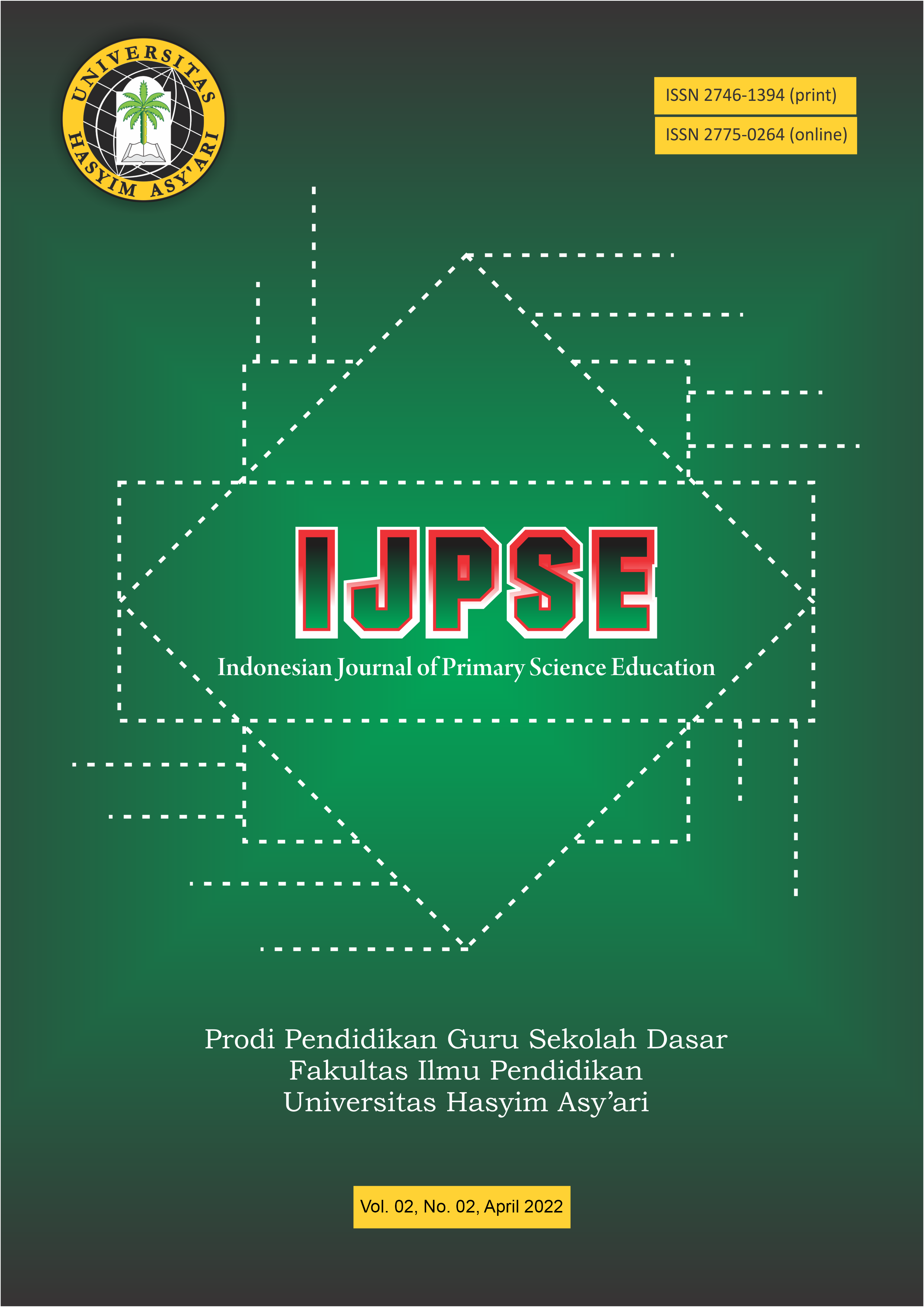The Ideal Construction of MI/SD Curriculum Designs: Interpretation and Implementation
Interpretation and Implementation
DOI:
https://doi.org/10.33752/ijpse.v2i2.2000Keywords:
Construction, Curriculum design, Elementary education (MI/SD)Abstract
This research aims to describe and elaborate in depth the ideal construction of curriculum designs that can be implemented at the elementary education level (MI/SD). Referring to the data obtained, the researcher found several problems related to the curriculum design applied at the elementary education level (MI/SD) such as the educators are not ready to develop the newest curriculum (curriculum of 2013), the lack of role models for curriculum design that are ideal according to the needs of the students and the demands of society, and also the rapid and hasty changes in curriculum design driven by the government (Kemdikbud) without paying attention to the capacity of the educational institutions to accept the latest curriculum. The research method used is qualitative research design categorized as a literature study. The data collection technique is a documentation method and content data analysis. This research contributes to produce the conceptions and praxis related to the ideal construction of the curriculum design at the level of elementary education (MI/SD) in the form of a process of implementation of the ideal curriculum design that consists of determining substantive learning objectives, identifying domains of learning objectives, identify the learning styles of the students participant, determining relevant curriculum designs, tentatively preparing curriculum designs, and identifying requirements for curriculum implementation.









